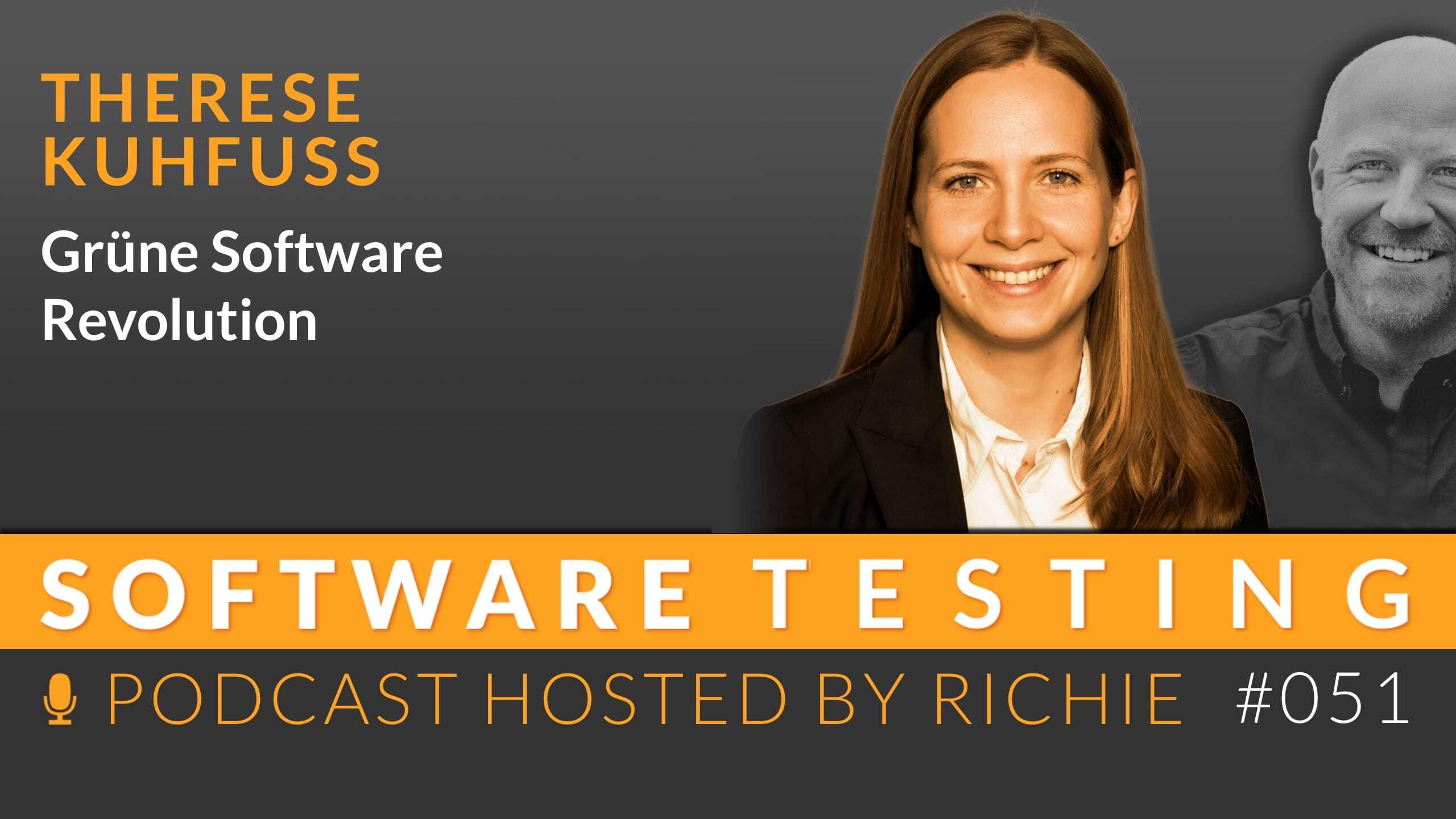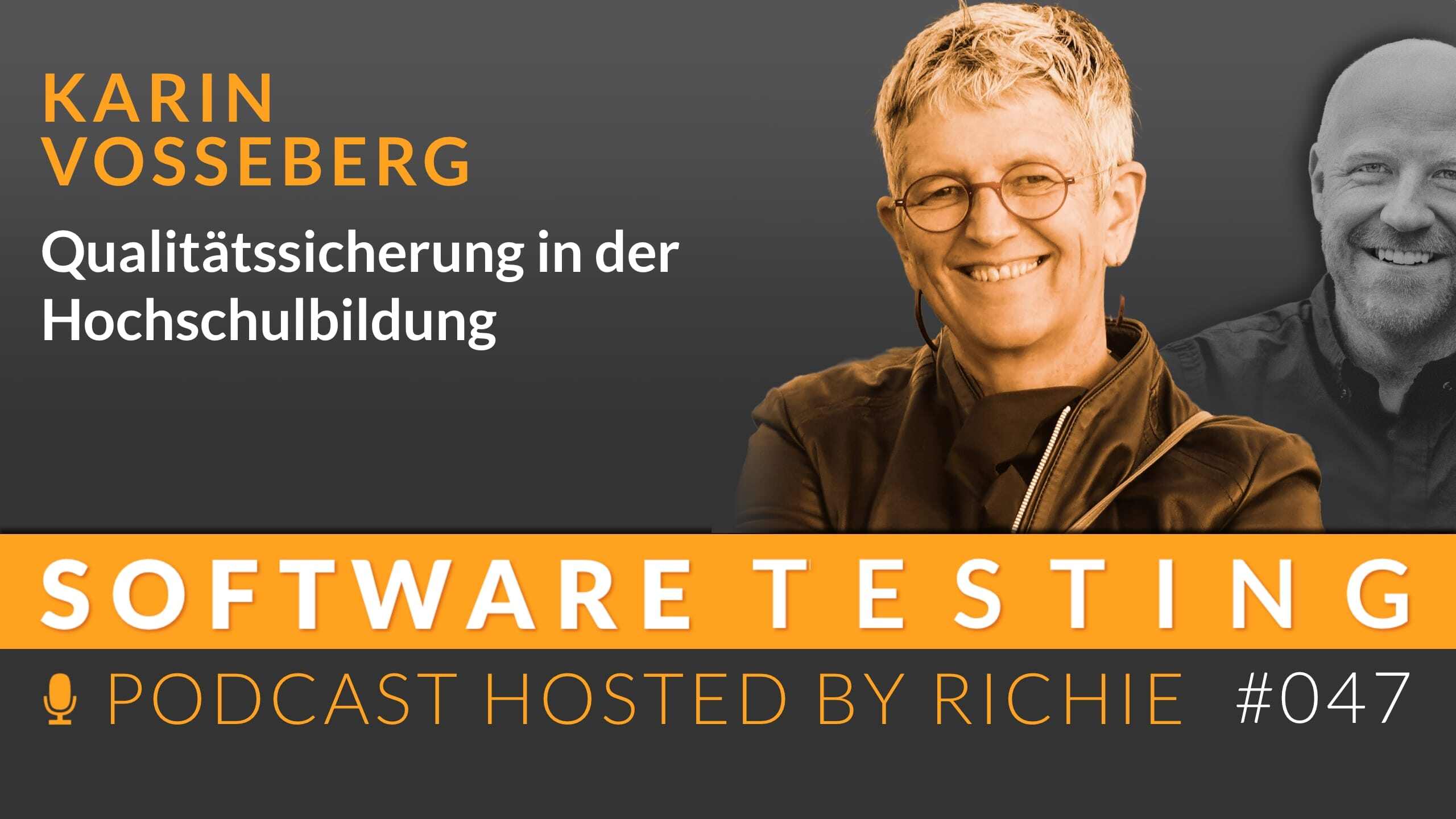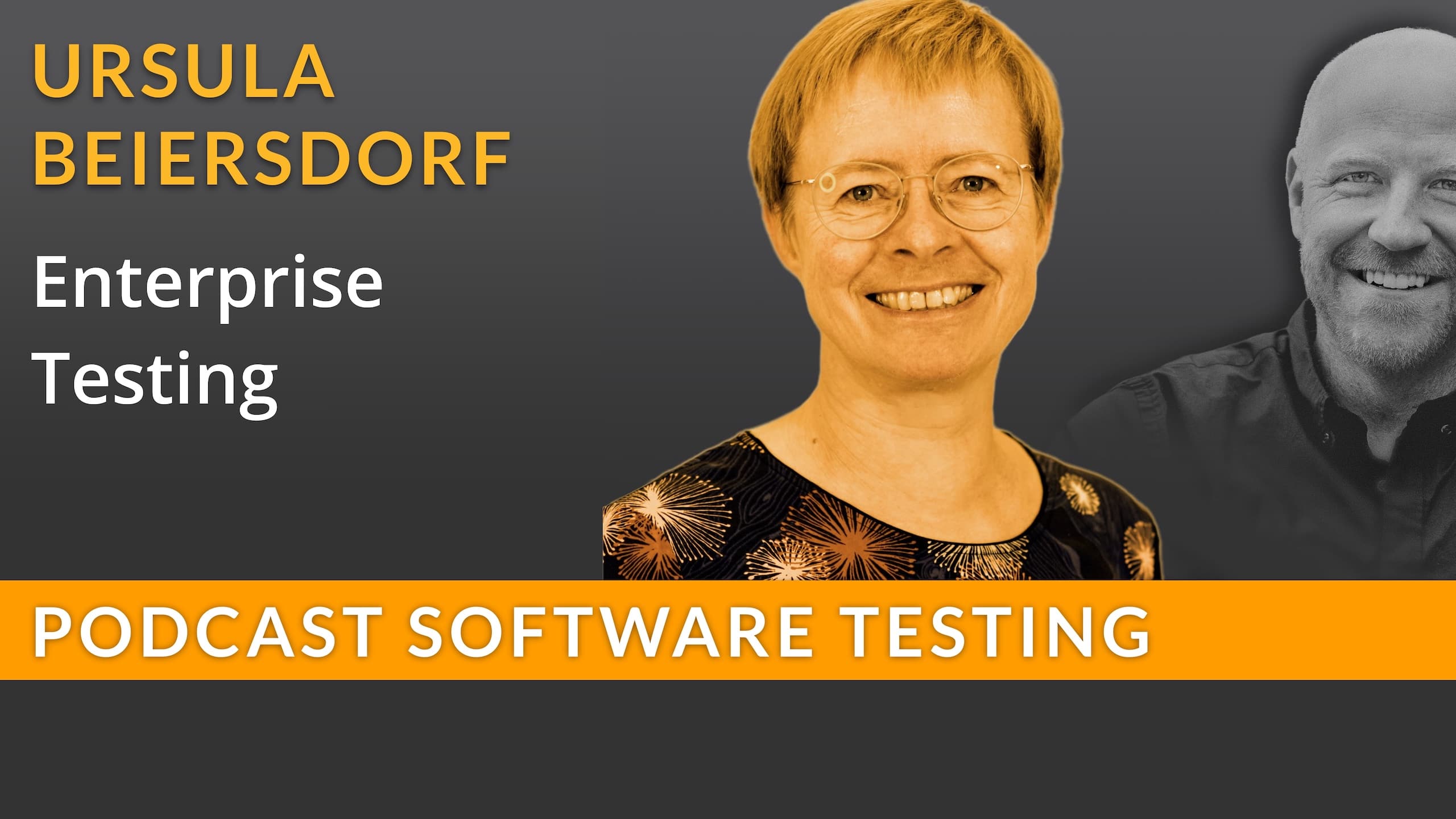Quality assurance in higher education
What does the curriculum for software engineering, IT systems integration and computer science at universities of applied sciences look like today?...

The topic of sustainability is becoming increasingly important. Software development and testing can be quite big resource guzzlers. However, it is often the small contributions to sustainability that have a big impact overall. Therese has taken a close look at this and tells us about the impact of efficiency and automation. She also checked ISO 25010 for sustainability - her findings are really exciting!
“I have noticed that there is no quality criterion (in ISO 25010) called ‘sustainability’. Nor is there one called ‘greenablility’. (…) But there are many quality criteria that include aspects of sustainability.” - Therese Kuhfuß
Therese Kuhfuß holds a Bachelor of Science in Applied Computer Science and has more than 10 years of experience in testing and test management of software products. Since 2009, she has supported numerous projects in the financial sector as a test analyst. She currently works as a Principal at FINIUS GmbH, where she heads the Center of Competence for Test Management. Her current professional focus is on testing technical payment transaction solutions.
Highlights of this episode:
Today it’s all about the ‘green software revolution’. I spoke to Therese Kuhfuß about how sustainability can be integrated as a quality criterion in software development and testing. The discussion ranges from identifying sustainability aspects in existing quality criteria to concrete steps for testers to make their work more sustainable.
In an inspiring episode of the ‘Software Testing’ podcast, I talked to Therese Kuhfuß about a topic that is becoming increasingly important in both our professional and private lives: sustainability in software development. We focused on the optimistic and holistic view of quality and discussed how sustainability can be practically implemented in testing and development. From quality criteria and non-functional requirements to resource-saving test automation - our discussion covered a wide range of topics.
Therese emphasizes that sustainability is an important quality criterion, but one that is only implicitly present in current standards such as ISO 25010. Through her analysis, she identified several quality criteria that include aspects of sustainability, such as performance efficiency. This insight opens the door to a new perspective on software quality, in which sustainability should be given greater consideration.
Sustainability has several dimensions - not only ecological, but also social and economic. For example, the usability of a product through accessibility can not only provide access to more groups of people, but also extend the life cycle of the product. This shows how closely intertwined the various aspects of quality and sustainability are.
So how can all this be put into practice? Therese shares her insights on how to ‘test sustainably’ - from reviewing the usefulness of test automation to choosing tools with lower energy consumption. This illustrates that every step towards more sustainability counts, even if it’s just a small change. It’s about creating awareness and gradually integrating sustainable practices into everyday life.
The path from theory to practice is often fraught with obstacles. In our conversation, Therese touches on this point and explains how important it is to take sustainability aspects into account right from the software requirements stage. However, this does not necessarily mean additional work; many criteria for sustainability overlap with existing quality expectations. Rather, it is about raising awareness of these overlaps and using them effectively.
Therese emphasizes the importance of a step-by-step approach towards more sustainability in software development and testing. Not everything needs to be changed at once; rather, we should make sure to continuously make small improvements to make a big difference in the long run.

What does the curriculum for software engineering, IT systems integration and computer science at universities of applied sciences look like today?...

The challenges and methods of testing in large enterprise environments are of central importance, especially in the context of SAP and other...

The past year in software testing was characterized by central topics such as artificial intelligence (AI) and accessibility. Legislation such as the...